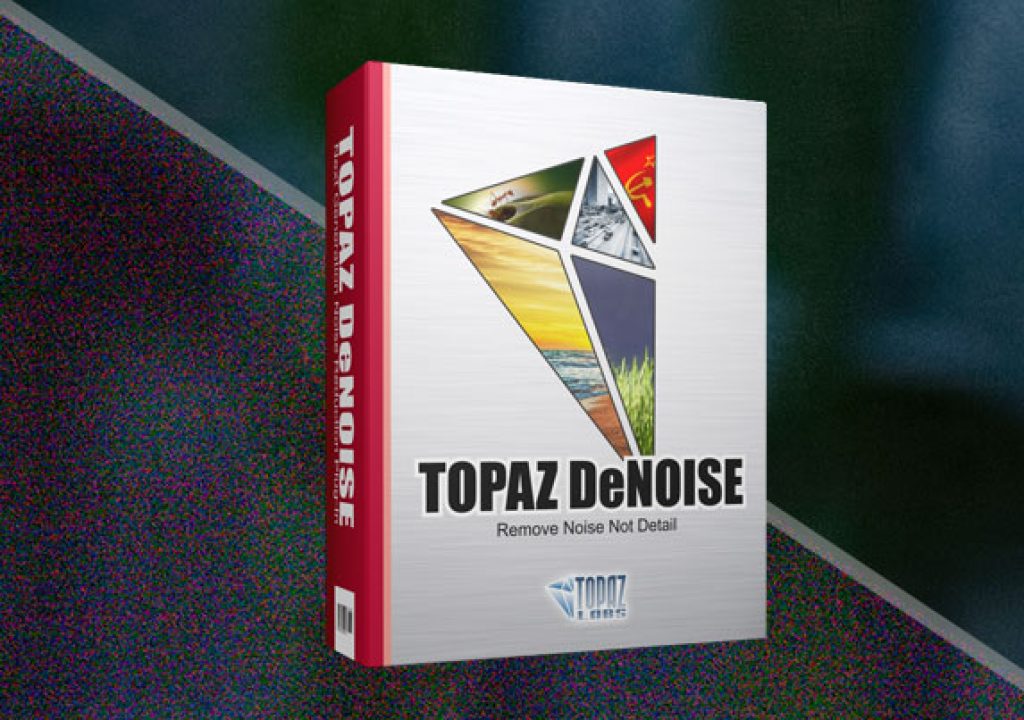
You can move the selection box to any part of the frame you want to see as an example. So seeing a small sample is the best way to give you an idea without bogging down your computer. The reason for showing a small sample is that the processing power needed to remove noise from the entire image would slow things down dramatically. The quality of the DeepPrime noise reduction is only visible in the small window on the far right side above the tool adjustments. One thing to keep in mind about DeepPrime is that it does not show up in the main preview. Notice the sharp details of the steeple in the small window on the right. It takes a bit longer but the results are worth it. Prime and DeepPrime take longer to process with DeepPrime using AI technology to reduce noise. The Prime is better, and the DeepPrime is what I typically use. The High Quality is no better really than Lightroom. DxO PhotoLab has three different settings, High Quality, Prime, and DeepPrime. But one thing it does particularly well is reduce noise. It was recently updated to PhotoLab 5, and it does a fabulous job overall.
Denoise software software#
This software is my main RAW processing software.

Lightroom with the Luminance slider set to 51 This is the same image as above but with no adjustment to the slider, showing as it was imported. In Lightroom I had to do some adjusting of the Luminance slider in the noise reduction box to get something close to DxO PhotoLab Deep Prime. But ease of use is also part of this review for each of the tools I’m hghlighting. I’ll admit there are sliders in the Lightroom noise tool that’ I’m not completely familiar with. It does a lot of things well but noise reduction is not as good as some other programs. Lightroom is the number one editing tool on the market for keeping track of and tweaking your pictures. Comparing noise reduction tools Adobe Lightroom The best noise reduction software tries to do its best at getting rid of the chunks of noise but still retain details. This can work fine in situations where there is no detail, but if you have any detail it destroys the image. The lines of the building are softer since noise reduction tools try to remove noise by smearing the dots of noise together. You’ll notice in this image that the lines of the building are very soft. One thing to keep in mind when looking for noise is that when an image is printed, noise is typically never as bad as it looks on the computer screen at 100%. This dramatically increases your ability to see the noise. When checking for noise it’s often best to look at your photo at 100% as I’ve done in the photo below. This image is from within Mylio and the noise filter is set to Strong. I use this image to test all software noise reduction tools. This frame is from my Lumix GH5 and was accidentally shot at 12,800 ISO.
Denoise software iso#
Mylio does have a remedial noise reduction tool, but it’s barely usable on images with ISO higher than 1600. My favorite Digital Asset Management tool is Mylio, and though I could not run my business without Mylio, its forte is not noise reduction. I’ve seen this firsthand with the many different pieces of software I regularly use. Many apply noise reduction to the image the minute the photo is added to the software. Screenshot of image enlarged to 100% The noise police, software to the rescueĪlmost all software has some kind of noise reduction tool. Same photo of the African hare but after being processed with DxO PhotoLab 5 with Deep Prime. But with the new DxO PhotoLab 5, I’m feeling comfortable shooting much higher. In general, I don’t like to shoot my Lumix or Olympus MFT cameras at an ISO setting higher than 1600-3200. Noise is similar to what we used to call grain in the days of film.

Increasing the ISO is necessary when shooting in low light situations such as early morning or late evening. Noise becomes a problem as you increase the ISO, and this is the case with MFT or full-frame cameras. It’s well known that typically the smaller the sensor, the more noise is produced. How does noise occur and why more noise with MFT?įor those not familiar with MFT category of cameras, they’re cameras that use a smaller sensor to capture the photo. Having the ability to shoot in poor lighting conditions opens up the doors for opportunities we didn’t have before digital capture and the software tools that have followed. Even though smaller sensor cameras benefit most from quality noise reduction tools, even the larger full-frame cameras can benefit as well.


It’s especially helpful for those of us who’ve ditched the full-frame monsters of the past and adopted the smaller, lighter, more mobile Micro Four Thirds (MFT) cameras. Noise reduction software is essential no matter what camera you’re shooting.


 0 kommentar(er)
0 kommentar(er)
